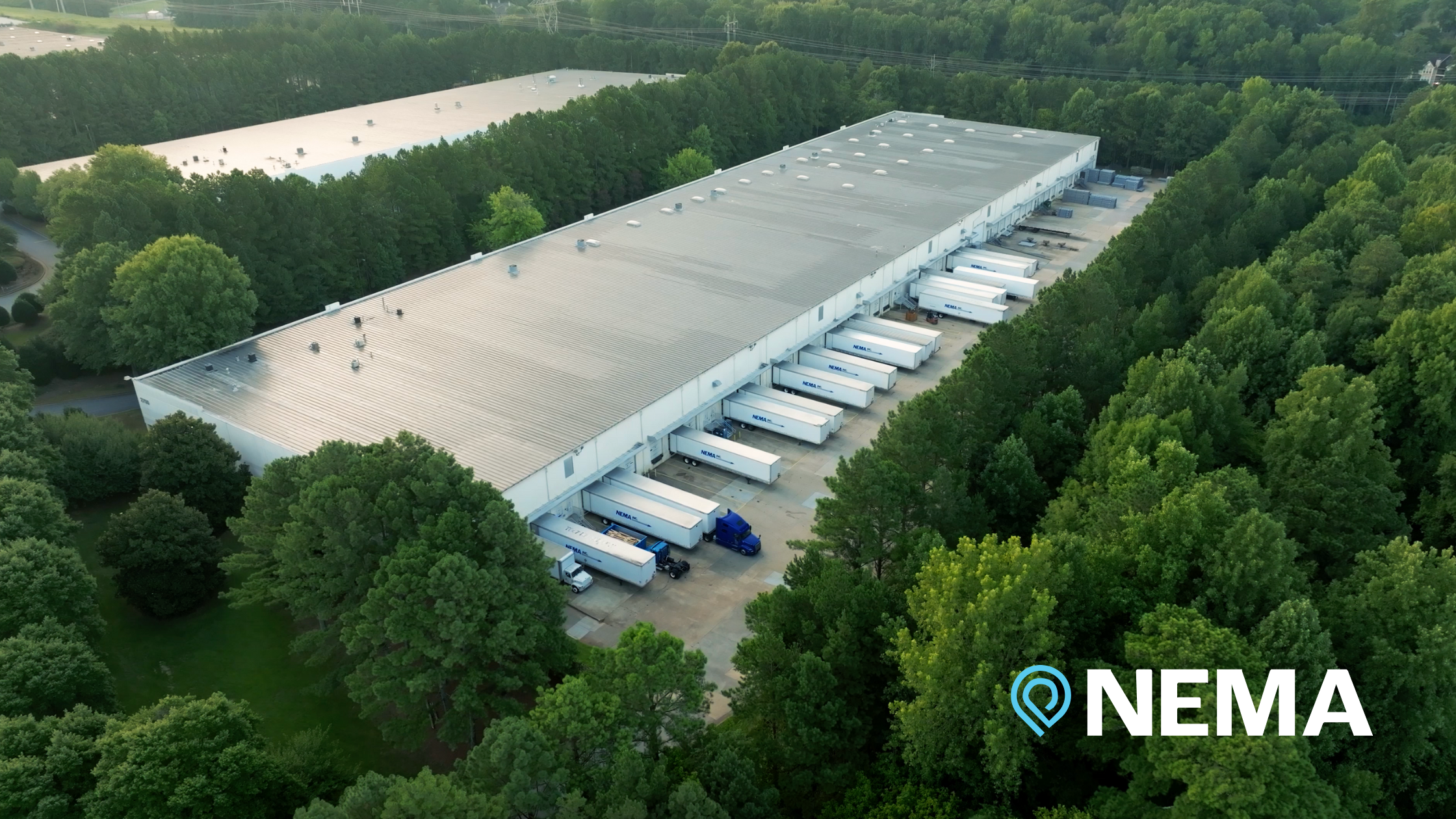
In a global logistics landscape where speed, precision, and cost-efficiency are increasingly non-negotiable, the physical location of a warehouse is far more than just a logistical concern—it’s a strategic decision. Whether you’re serving industrial supply chains or fast-moving consumer goods, where you place your warehouse can determine how effectively you meet customer demands, control costs, and scale operations.
Let’s explore the core considerations that influence optimal warehouse placement—and why strategic thinking in this area is essential for companies.
Why Warehouse Location is a Strategic Decision
In supply chain design, warehouse location sits at the intersection of customer expectations, transportation efficiency, and operational flexibility. If your warehouse is in the wrong location, it can drive up last-mile delivery costs, increase lead times, and introduce friction into the flow of goods. On the other hand, a well-positioned facility can streamline distribution, enhance service levels, and build resilience into your operations.
But getting it right requires a multi-dimensional approach.
Key Factors to Consider When Choosing a Warehouse Location
- Customer Proximity
Being close to your customer base reduces transit times and enhances delivery reliability. For businesses that serve a national or regional footprint, analyzing shipment data and customer density maps can highlight the ideal zones for fulfillment centers. In B2B sectors with specialized shipping needs—such as the industrial manufacturing or equipment industries—customer proximity can also influence responsiveness and service-level agreements.
- Access to Transportation Infrastructure
Warehouses function as nodes in a larger logistics network. Being near interstate highways, major ports, rail lines, or airports can provide flexibility in routing options and reduce transportation costs. This becomes particularly important when freight includes oversized, fragile, or time-sensitive materials that require careful handling across multiple modes.
- Labor Market Conditions
Although automation is on the rise, warehouse operations still rely heavily on skilled labor. The availability and cost of a qualified workforce can vary significantly by region. When selecting a location, it’s important to assess not just wages, but also the stability of the labor market, training resources, and turnover rates.
- Incentives and Regulatory Environment
Government incentives such as tax breaks, grants, and foreign trade zone (FTZ) status can reduce setup and operating costs. FTZs, in particular, offer potential benefits like duty deferrals and reduced customs processing time—valuable for companies involved in international trade or high-value goods.
Final Thoughts
Warehousing isn’t just about where you put your inventory—it’s about how you enable your entire supply chain to perform. Strategic warehouse placement can support faster delivery, lower logistics costs, and more flexible service offerings. For companies managing specialized or high-value freight, these decisions carry even more weight.
Ultimately, successful distribution networks are built on thoughtful planning, data-driven insights, and a clear understanding of how every link in the chain—from warehouse to end-user—can be optimized for performance.



